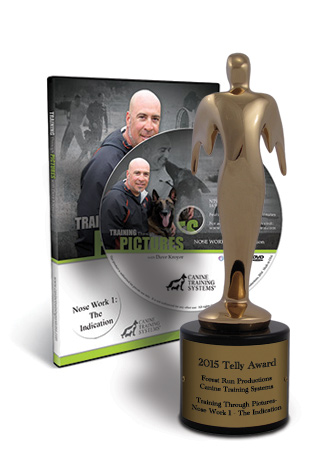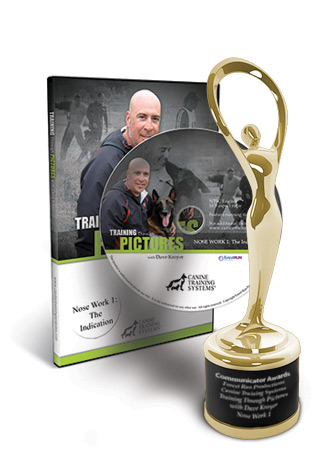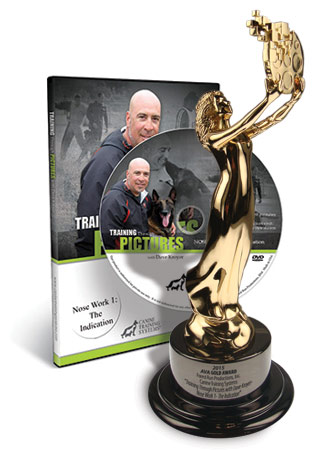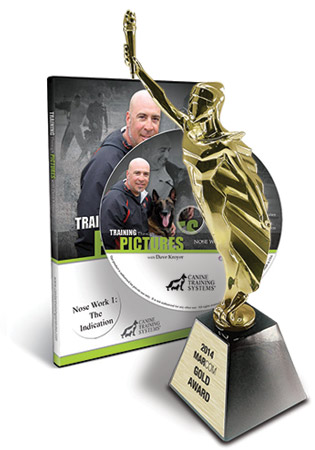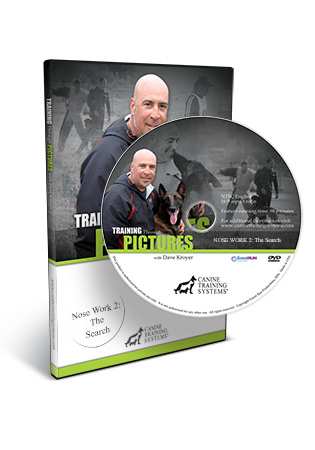 We announced some time ago that we were moving to streaming media and video on-demand to greatly increase our production output and that while all previous releases would still be available on DVD, no new titles would be released on outdated formats. There are mulitiple reasons for moving to streaming media and Podium View™ On-Demand has been a tremendous success. Customers from all over the world are taking advantage of the benefits of immediate delivery of our content, chapter navigation and our anytime, anywhere philosophy. We now have over 70 of our products available for Lifetime Purchase and will continue to populate Podium View™ with our complete library.
We announced some time ago that we were moving to streaming media and video on-demand to greatly increase our production output and that while all previous releases would still be available on DVD, no new titles would be released on outdated formats. There are mulitiple reasons for moving to streaming media and Podium View™ On-Demand has been a tremendous success. Customers from all over the world are taking advantage of the benefits of immediate delivery of our content, chapter navigation and our anytime, anywhere philosophy. We now have over 70 of our products available for Lifetime Purchase and will continue to populate Podium View™ with our complete library.
We're still receiving inquiries about two recent titles, Nose Work 2: The Indication and Concepts in Reinforcement: Training with Food and whether they will ever be released on DVD. In addition to streaming being an obstacle for some customers for multiple reasons, others stated they wanted DVD's to round out their set. The reasons for streaming were and still are clear which forced our decision initially. This ongoing inquiry prompted our survey to get direct feedback and see what the concensus was. We appreciate the feedback!
Over the years when we've released titles, you, our loyal customer base, have contacted us when illegal pirating of our media was found so that we could take action. We've always been incredibly impressed by this; your customer loyalty and honesty has been amazing. More recently, we're dealing with individuals that intentionally violate our Terms of Use and unethically purchase products solely for the purpose of providing them to individuals that will use them directly in violation of our Terms. This is particularly troubling on multiple levels. First, it's unethical and fraud. This goes without saying. The marketplace is being forced to change in direct proportion to this.
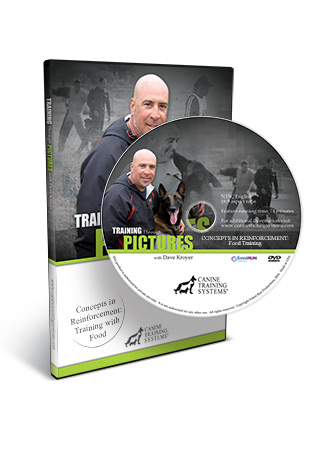
Second, it's a deal killer for return on investment. This applies to our technical experts and our bottom line. We're a small business and real people. Heather and I have been married since 1997 and both enjoy being active with our kids and dogs. You've spoken to one of us if you've called us in the last 17 years. My oldest son Spencer plays both JV and Varsity high school soccer, my daugher Jocelyn dances and does CrossFit and my youngest son Landon enjoys multiple sports. We rely on your patronage and honesty for our family to continue to produce training titles. If you're aware of someone violating our Terms of Use in any way, please let us know!
We've decided to offer these two titles on DVD to those who are interested in pre-purchasing them with a few caveats in mind. First, we'll accept pre-orders until the DVD's are authored (coded) and ready to send to the replicator (we'll announce this date as it's available, likely in about 2 weeks or so). Second, if the pre-order volume doesn't hit the threshold of interest we've been told there is, we'll refund the pre-orders and remain streaming only. We're leaving it completely up to you to decide. It's in your hands based on your interest and order volume. Both videos are fully completed and have been available for some time so what remains is strictly the production of DVD's. We anticipate 4-6 weeks conservatively to have product in-house to ship.
We've created a specific category for these titles and are offering them in multiple configurations; single discs and a variety of combinations depending on what you may have already purchased. If you have questions, please contact us.
You can pre-order individual titles and bundled sets here.
The Nose Work 2 Preview...
The Training with Food Preview...






